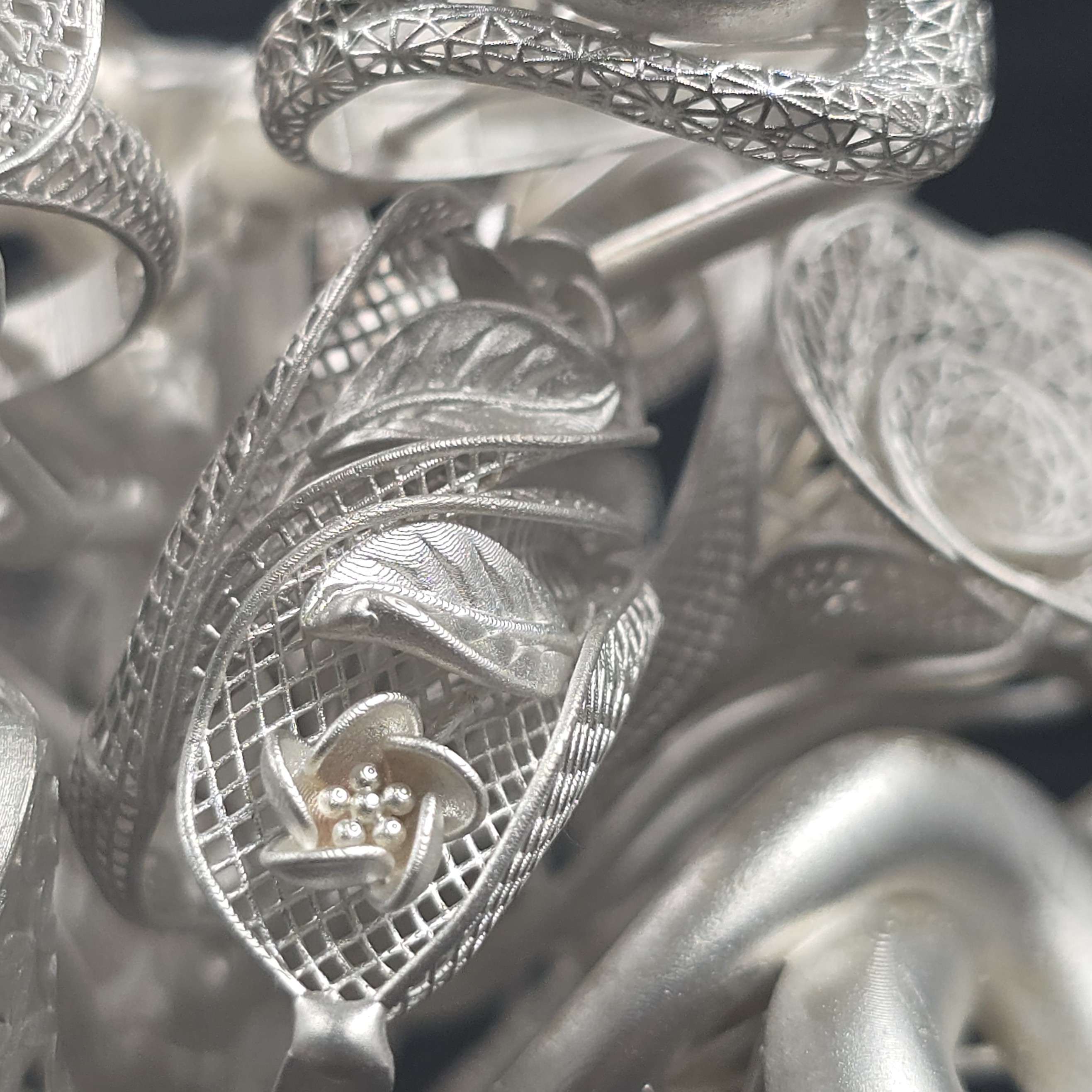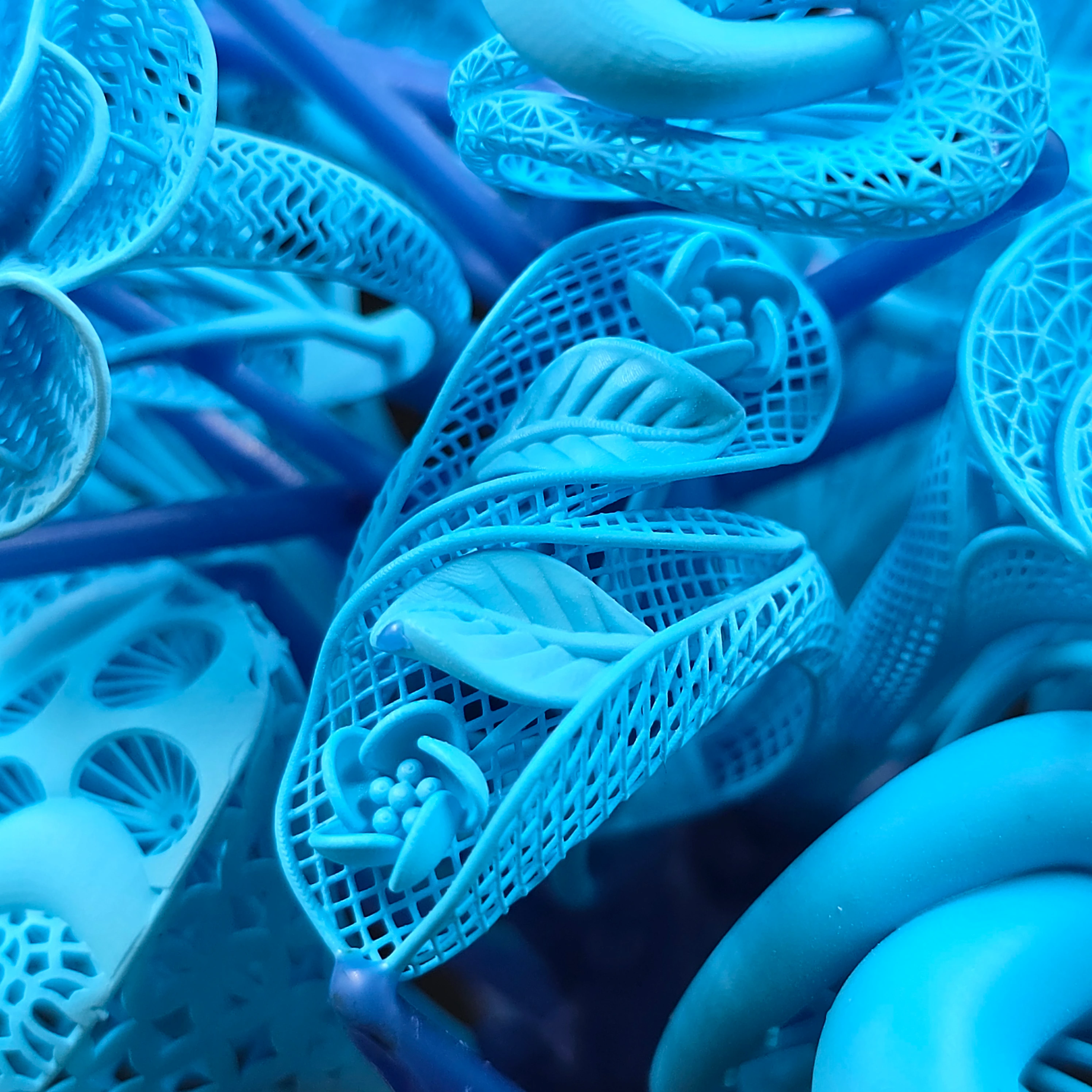How Silkwax Outperforms Standard Wax in 3D-Printed Jewelry Casting



In jewelry manufacturing, the shift toward 3D printing has redefined how intricate patterns and prototypes are created. Wax-based resins remain a preferred choice for investment casting, but not all materials perform equally. Silkwax has emerged as a superior solution, combining the authenticity of real wax with the advanced performance expected in modern additive manufacturing.
This blog explores why Silkwax is transforming the way jewelers approach casting, and how it consistently delivers better results than standard wax materials.
Real Wax Content for Authentic Casting Performance
One of the defining qualities of Silkwax is its formulation using genuine wax content. This gives it the familiar burnout behavior that jewelers rely on for flawless casting. Unlike many synthetic or hybrid resins, Silkwax burns out cleanly with no ash, reducing the risk of defects in the final piece.
For traditional jewelers, this means a seamless transition from hand-carved patterns to 3D-printed models without compromising casting reliability. The wax composition ensures that every step of the process, from investment to burnout, feels and functions like the methods they know best.
Overcoming Printing Challenges of Wax-Based Resins
Historically, wax-based resins have been difficult to work with in 3D printing. Long exposure times, inconsistent curing, and failed prints are common frustrations. Silkwax is engineered to overcome these limitations.
Its formulation supports faster printing speeds while maintaining exceptional accuracy. The resin cures consistently, layer after layer, along with impeccable platform adhesion qualities, ensuring consistent prints, making it well-suited for both single prototypes and batch production. This combination of speed and reliability directly impacts workshop efficiency, allowing jewelers to complete more jobs in less time without compromising quality.
Strength and Durability Beyond Standard Wax
One of the biggest drawbacks of traditional wax models is brittleness. Thin prongs, delicate details, and fine structures often break during post-processing or investment, leading to wasted time and material.
Silkwax addresses this by offering greater mechanical strength while still maintaining casting compatibility. Models can be handled, cleaned, and invested with significantly less risk of breakage. For complex designs with multiple fine details, this durability is a valuable advantage.
Perfect for Filigree and Ultra-Fine Jewelry
Filigree and ultra-filigree work demand a level of precision and structural stability that standard wax often struggles to deliver. The thin, lace-like patterns can deform or break long before reaching the casting stage.
Silkwax enables jewelers to produce delicate, openwork designs with confidence. Its strength supports even the thinnest cross-sections during printing and handling, while its high-resolution print capability captures every curve and loop exactly as intended. The result is a flawless translation from digital design to cast metal.
Why Silkwax is the Smarter Choice for Jewelers
By merging traditional wax performance with modern resin technology, Silkwax offers jewelers the best of both worlds. It meets the casting quality expectations of seasoned craftsmen while delivering the speed and consistency required for competitive production timelines.
Key advantages at a glance:
- Real wax content for authentic burnout and casting behavior.
- Faster, more consistent printing compared to standard wax resins.
- Stronger, less brittle models for safer handling.
- Capability to produce flawless filigree and ultra-fine details.
Conclusion
For jewelers who demand precision, durability, and efficiency, Silkwax stands as a clear upgrade from standard wax. It is not just a material; it is a production advantage that can expand design possibilities, reduce failure rates, and improve turnaround times.
With Silkwax, complex jewelry designs move from concept to final casting with greater confidence and fewer compromises.

